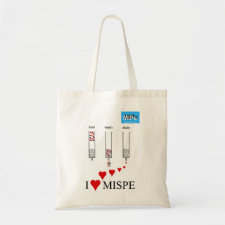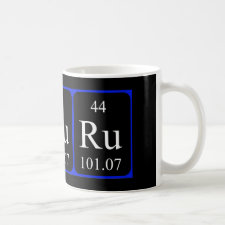
Authors: Zeng JX, Zhang Z, Dong ZH, Ren PF, Li Y, Liu X
Article Title: Fabrication and characterization of an ion-imprinted membrane via blending poly(methyl methacrylate-co-2-hydroxyethyl methacrylate) with polyvinylidene fluoride for selective adsorption of Ru(III).
Publication date: 2017
Journal: Reactive and Functional Polymers
Volume: 115
Page numbers: 1-9.
DOI: 10.1016/j.reactfunctpolym.2017.03.018
Alternative URL: http://www.sciencedirect.com/science/article/pii/S1381514817300597
Abstract: An ion-imprinted blend membrane (Ru(III)-IIM) for selectively adsorbing ruthenium(III) from aqueous solutions was fabricated by blending poly(methyl methacrylate-co-2-hydroxyethyl methacrylate) P(MMA-HEMA) with polyvinylidene fluoride (PVDF). Firstly, P(MMA-HEMA) was successfully synthesized and characterized. Subsequently, combining with the ion-imprinting technology, a series of Ru(III)-IIMs were fabricated via the non-solvent induced phase inversion method. The results indicated that increasing the polymer concentration and extending the evaporation time led to transform the cross-section of membranes from macrovoid structure to a finger-like or tear-like even sponge structure, and also decreased the water flux. The contact angle tests showed the hydrophilicity of Ru(III)-IIMs were effectively improved by blending with P(MMA-HEMA), compared with the PVDF membrane. The adsorption experiments showed that the adsorption capacity of ruthenium(III) onto the Ru(III)-IIM was pH-dependent, and the maximum adsorption capacity reached 42.31 mg g-1 at pH 2.0. The adsorption process was well described by the pseudo-second-order kinetic model and the Langmuir isotherm model. The selective adsorption was studied by using Ni(II) as an interfering ion. Compared with the non-imprinted membrane, the Ru(III)-IIM showed a higher selectivity for Ru(III), with a selectivity coefficient of 6.0 for Ru(III)/Ni(II). In addition, the Ru(III)-IIM had a high reusability and still maintained about 95% of its initial adsorption capacity for Ru(III) after eight cycles
Template and target information: ruthenium ion, Ru(III)
Author keywords: ion-imprinted membrane, Ruthenium(III), Amphiphilic functional polymer, Phase inversion parameters, Adsorption properties



Join the Society for Molecular Imprinting

New items RSS feed
Sign-up for e-mail updates:
Choose between receiving an occasional newsletter or more frequent e-mail alerts.
Click here to go to the sign-up page.
Is your name elemental or peptidic? Enter your name and find out by clicking either of the buttons below!
Other products you may like:
 MIPdatabase
MIPdatabase









